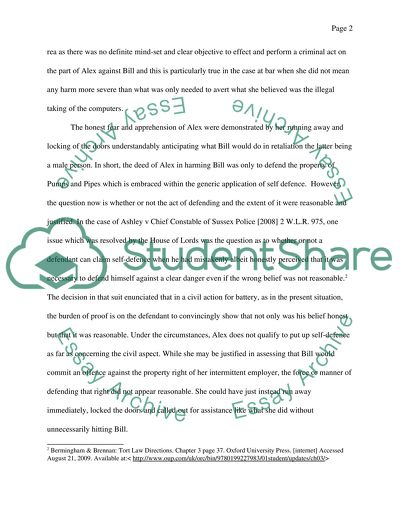Cite this document
(“Civil Liability and Self-Defence Case Study Example | Topics and Well Written Essays - 2500 words”, n.d.)
Civil Liability and Self-Defence Case Study Example | Topics and Well Written Essays - 2500 words. Retrieved from https://studentshare.org/law/1502531-civil-liability-and-self-defence
Civil Liability and Self-Defence Case Study Example | Topics and Well Written Essays - 2500 words. Retrieved from https://studentshare.org/law/1502531-civil-liability-and-self-defence
(Civil Liability and Self-Defence Case Study Example | Topics and Well Written Essays - 2500 Words)
Civil Liability and Self-Defence Case Study Example | Topics and Well Written Essays - 2500 Words. https://studentshare.org/law/1502531-civil-liability-and-self-defence.
Civil Liability and Self-Defence Case Study Example | Topics and Well Written Essays - 2500 Words. https://studentshare.org/law/1502531-civil-liability-and-self-defence.
“Civil Liability and Self-Defence Case Study Example | Topics and Well Written Essays - 2500 Words”, n.d. https://studentshare.org/law/1502531-civil-liability-and-self-defence.


